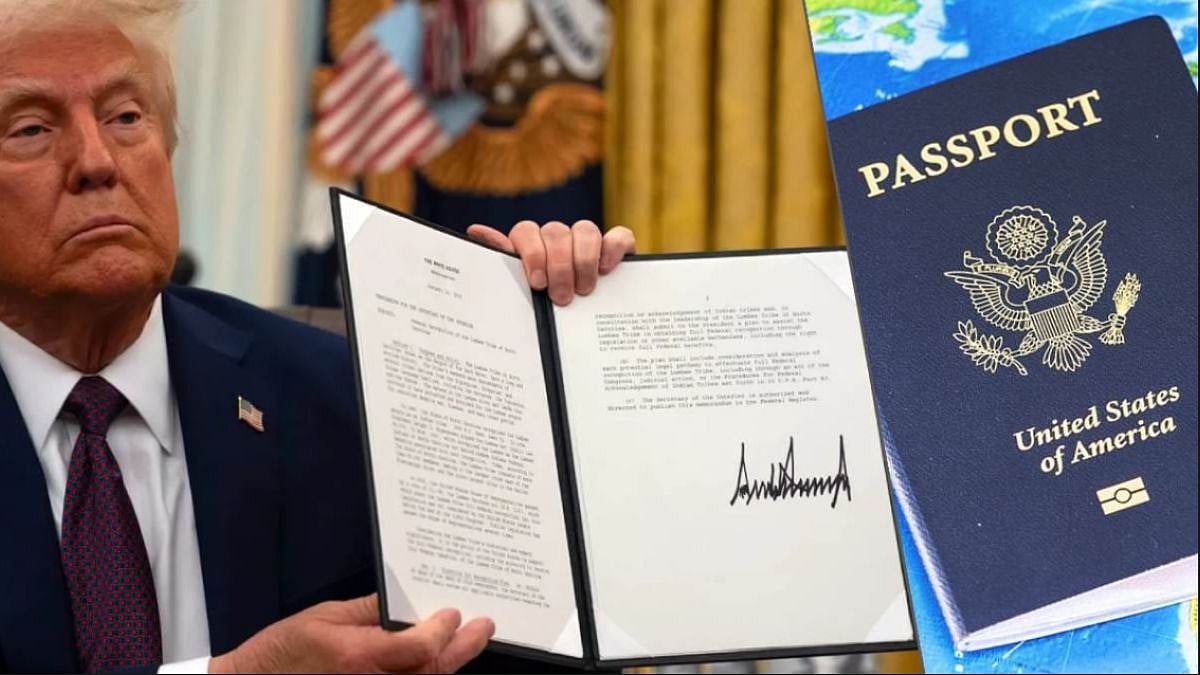Those who don’t learn from the lessons of history are condemned to repeat it! Very prophetic and apt proverb. Kindly permit me to explain. Floods in MMR (Mumbai Metropolitan Region) with just 200 mm of rain on July 26, 2019. When was the last big flood that happened? July 26, 2005 when almost 1000 mm of rainfall befell the MMR. Did we learn from it? A big capital NO.
The Ulhas river which flows from Karjat to Thane has numerous small rivers, rivulets, streams emptying into it. A long journey is undertaken by it before it splits at Balkum one going to the Vasai creek and the other to the Thane creek. The miseries of flooding caused on July 26 this year is traced to all regions before the split. Let us analyse the situation.
Flood water or rainwater runoff is carried to the sea through rivers and creeks. During heavy rains the capacity of these channels is tested to the limit. The water will spill onto both sides and keep areas away from the channels free of flooding. But such a basic necessity is not seen as important by the government. The areas where excess runoff spills over a river/ creek is called as the floodplain.
Ask any government official to explain what is a floodplain and how it is protected. You have a better chance of getting an answer from the walls of your house. Rivers and creeks are threatened by loss of spill over areas and by pollution. Keeping floodplains inviolate or free from construction would help mitigate the effects if not eliminate the loss due to flooding. Under Article 48 the constitution casts the responsibility of protecting rivers on the government.
What has caused the misery of flooding in Badlapur, Kalyan and other areas? Destruction of the floodplains of the Ulhas river and its tributaries has caused it. NGO Vanashakti had filed a case to revive and protect the dying river. The matter is being monitored by the Hon’ble Supreme court. During pendancy of the matter, an entire township has come up touching the river completely occupying some of its floodplains!
This too next to a drinking water zone! How was this made legal? Now let us take a look at one of the tributaries. This is the Dasai river near Kalyan. A huge parcel of farmland next to the river existed. While farming can be the only activity permissible in a floodplain, here the farmland has sprouted a township!
The estuary of the Ulhas river in the inter tidal area of Diva Mumbra, etc. has the coastal wetlands and mangrove areas serving as sponges, holding areas etc. The reclamation, destruction and construction on them continues unabated. (See the images to understand better. How will the water drain out and where will it spread? So naturally the inland areas will witness flooding.)
A river regulation policy, meant to protect the rivers from pollution and keep the floodplains clear, existed till 2015. The policy prohibited setting up of industries within 500 metres of rivers and also kept the floodplains free. One km or more depending on the size of the river was declared as a NO DEVELOPMENT ZONE.
Abruptly it was scrapped and the scrapping was informed by a notification letter written by the then Environment Secretary Ajoy Mehta. The reason cited was the policy was not proper since the Central Government had the exclusive powers to issue such a policy! The fact that the policy was a result of extensive deliberations of the state legislature and was meant to give additional protection to the state’s rivers was completely wished away. While scrapping the policy it was announced that a new policy would be announced soon.
The fundamental question is that when the decision to scrap the existing policy was taken, why weren’t the new guidelines/ policy kept ready? Why were new guidelines not issued then and even till date? This exposes the real intent of the government. Why was the policy abruptly withdrawn was the question on every environmentalist’s mind.
The answer was revealed very soon. Evidently the controversial Metro Car Shed (read service centre) is classified as a RED category industry by the Central Pollution Control Board. There was no way it could come up on the banks of the Mithi river if the RRZ was in place. So the government apparently did the best shortcut. Just scrap the policy and all is well. In the process, the floodplains of the rivers of the entire state of Maharashtra got opened up to destruction!
The National Green Tribunal meanwhile passed an order directing that the high flood lines of rivers of Pune should be demarcated and freed up of encroachments and kept inviolate. Any honest government would take a cue and extend this protection order to all rivers. But no, instead it issued a circular directing that ONLY those rivers mentioned in the petition would be brought under the protection.
So obviously it now means citizens will have to fight individual battles for each and every river to save it. The convenient excuse of population pressure and less space is complete falsehood spread by the government agencies. We cannot continue to behave like a land starved state. This state of Maharashtra has well over 3 lakh sq km of land and a large portion of it is unoccupied.
Protecting floodplains and coastal wetlands ensures the availability of potable water without setting up of expensive desalination infrastructure. We need development but do we need it at the cost of floods and potable water is the question. The law is meant to be adhered to - not tampered with at the slightest pretext.
A law which makes exceptions ceases to be a law. It becomes another piece of government correspondence that any bureaucrat can change as per his/ her whims and fancy. Environmental laws are meant to safeguard the environment. By virtue of the destruction being due to an Urgent Public infrastructure project (every project today is titled as one), it does not imply that the threat will vanish.
The temptation of cutting costs that must be paid to protect the environment while developing is the only cause of the misery we face today. Blaming it on acts of God is just being escapist and dishonest, nothing else.





